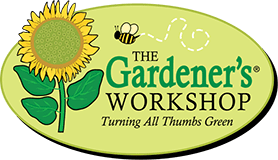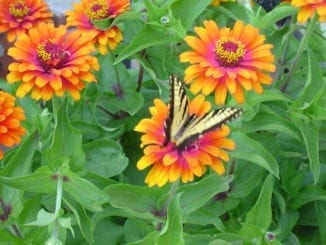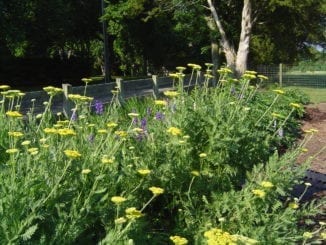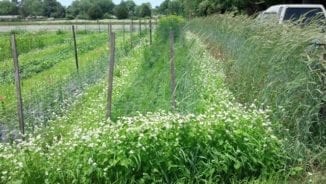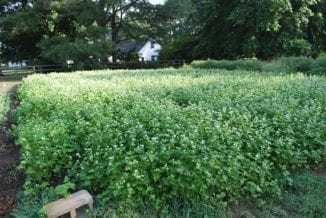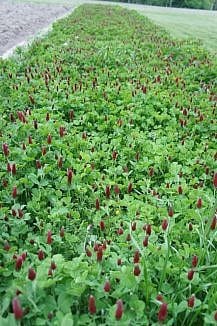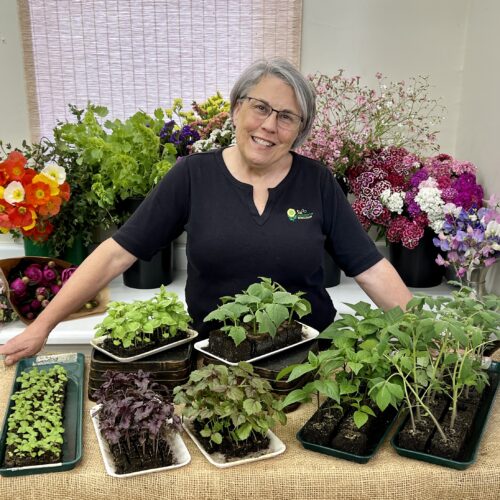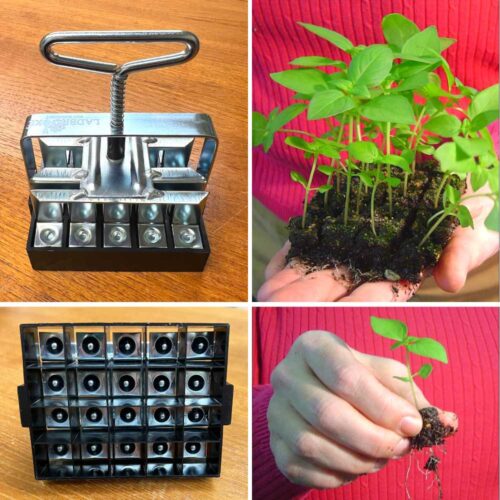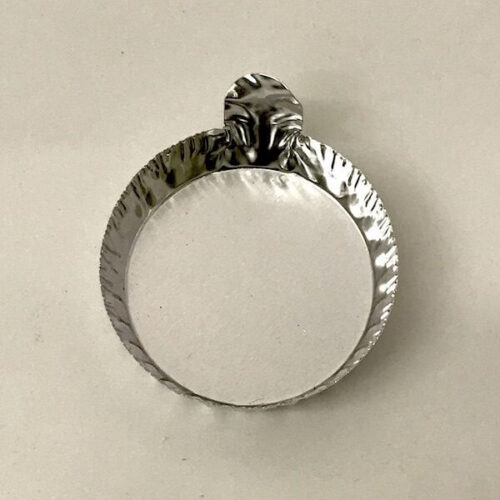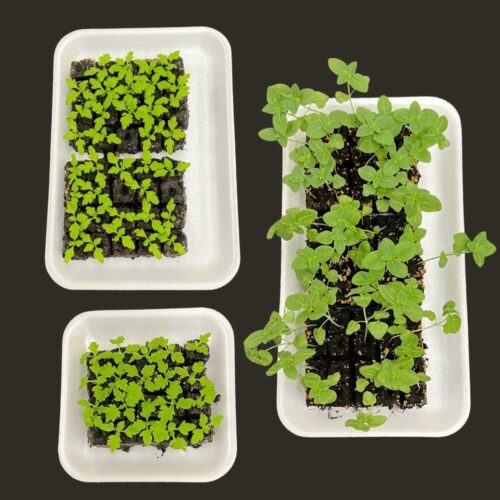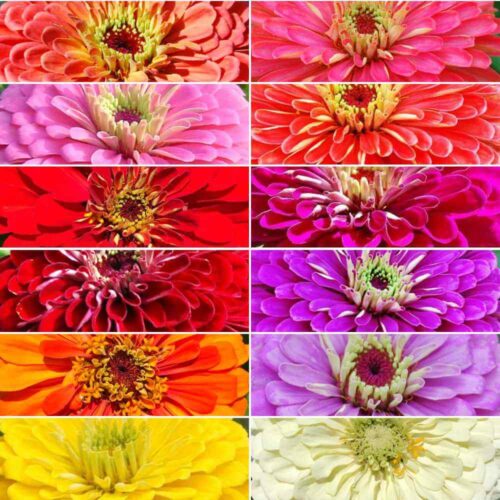Roll out the Red Carpet for the Good Guys!
Join the movement and do your part; plant food and habitat for bees and other pollinators. Grow flowers!
In efforts to streamline our yards to make them “easier” or “low maintenance” we have created practically flowerless landscapes. Lack of food sources (flowers) and habitat (permanent planting) are contributors to the drastic loss of pollinators. The pollinators have few choices where to eat, raise babies and live.
By including areas in our gardens that have clumps of blooming flowers as early in the season as possible and as long into fall/winter as possible will create a place pollinators and beneficial insects can depend on. By planting both tender annuals (summer bloomers) and hardy annuals (cool-season bloomers) you can have blooms from the first crack of spring throughout the season until hard frost hits in early winter. It is easier for bees to find clumps of the same flower planted in mass, in place of a scattered mix of flowers. (Zowie Zinnia pictured below with a Yellow Swallowtail Butterfly)
Having a permanent plantings area that can be used as their “home base” will make a significant increase in the population of pollinators and other good bugs from year to year in your yard. This planting can be as simple as a group of the perennial Achillea ‘Coronation Gold’ (Yarrow) plants that will become a “good-bug nursery and playpen”. With its clusters of tiny golden flowers to provide food and desirable foliage for good-bug babies to live on, it quickly becomes a place that the good guys can call home.
For those that want to ramp up their efforts to do their part; grow a ”cover crop” whenever you have a bare spot in a bed. Cover crop plants are grown to cover the soil to suppress weeds, prevent erosion and can provide nutrients to the soil. Some of the great side effects of these crops is the habitat they create for the good guys and the flowers they produce for the pollinators.
Our favorite in the home garden for spring and summer is buckwheat. It grows from seed to blooming in just 30 days, will be loaded with pollinators when blooming, easily turned under with a shovel when blooms diminish to add lots of organic matter to your soil. We have areas of buckwheat on our farm at different stages throughout the season so when one area gets turned under the pollinators have another area to go to. For fall and early spring plantings crimson clover is our favorite. We plant it in September or October to winter over to provide early spring beautiful blooms that will be loaded with bees. It can also be planted in March to bloom in early summer. Once the blooms begin to diminish it can be turned under with a shovel and it adds nitrogen to the soil, another bonus.
So choose a couple spots in your landscape to become designated bloom areas and keep them blooming all season. These good bugs we so desperately need in our gardens won’t be the only ones to feel welcomed, you will find yourself out there snooping and gazing more than ever before.
A few tools to get you started:
Two books every home should have: Good Bug, Bad Bug by Jessica Walliser and Doug Oster and Grow Organic by Doug Oster.
Easy to grow tender and hardy annual flower seeds and seed collections.
Cover crop seed: organic buckwheat and crimson clover seed.
Visit our Learning Center for more on restoring native pollinators to your garden!
Spring is just around the corner!
Lisa Z
Lisa Mason Ziegler is a commercial cut-flower farmer in Newport News, Virginia; she lectures and writes about organic and sustainable gardening. You can email Lisa at [email protected], call her at 757-877-7159 or visit her website www.shoptgw.com.
Like us on Facebook and keep up with the farm!
